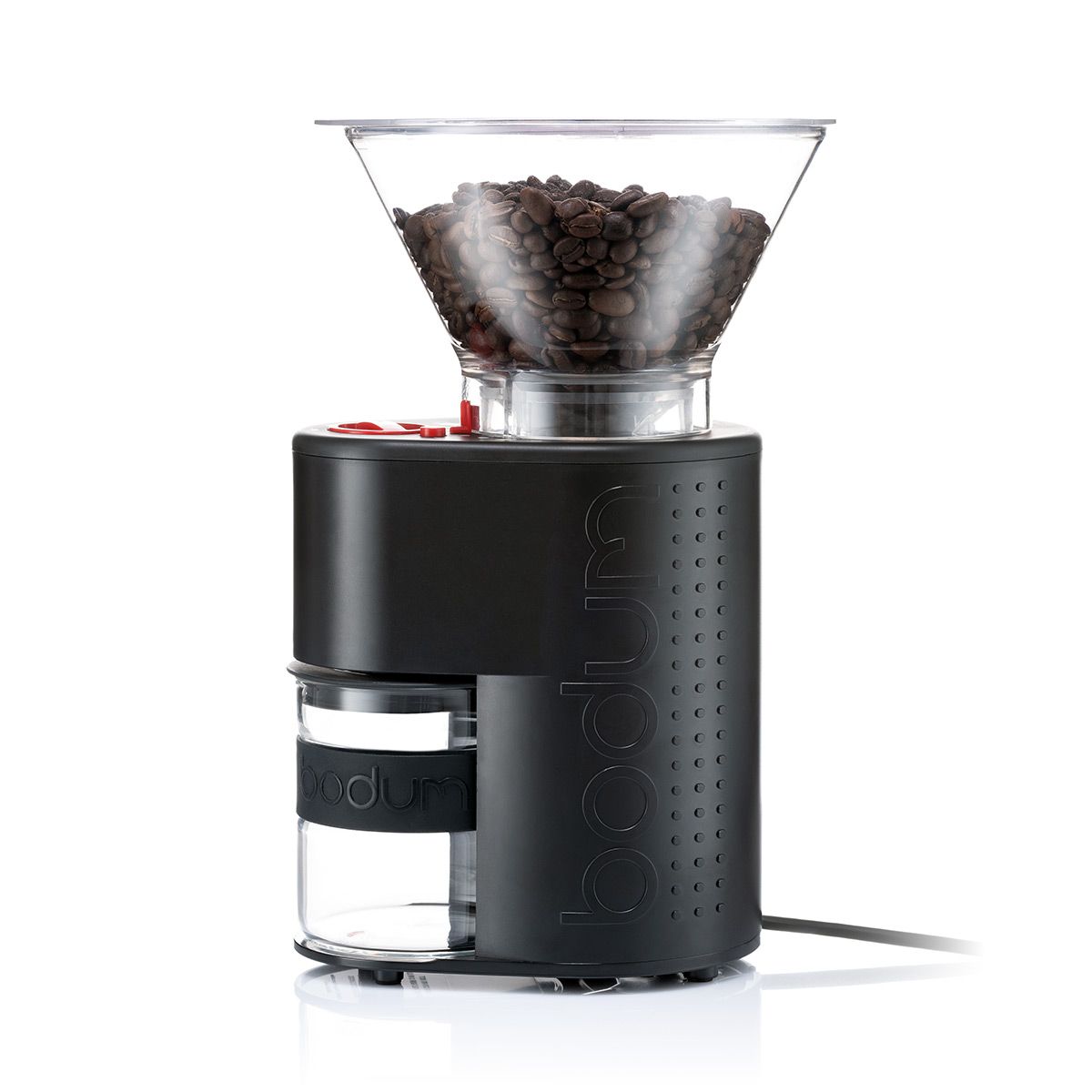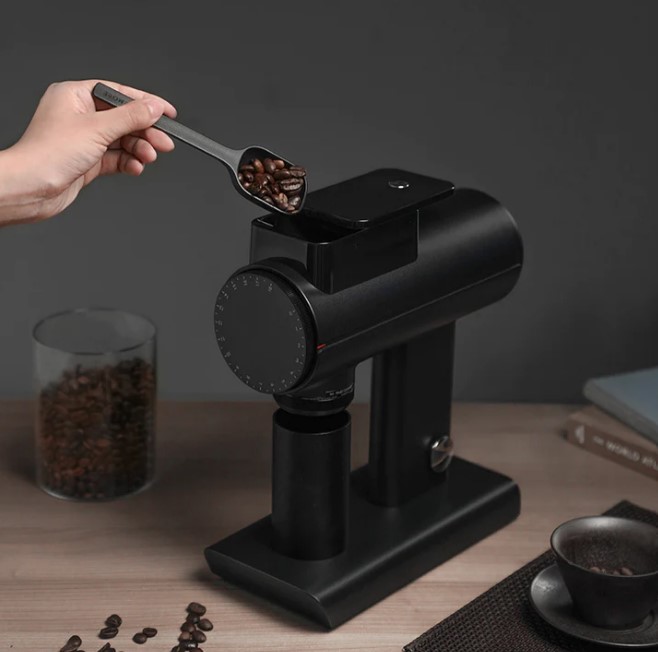Precision Fulfills Performance: Timemore Sculptor 078 Grinder
Precision Fulfills Performance: Timemore Sculptor 078 Grinder
Blog Article
Exactly How to Select the Perfect Coffee Mill for Your Kitchen
When it comes to boosting your coffee experience at home, choosing the optimal coffee grinder is an essential decision - Timemore Sculptor 078. Understanding the subtleties of mill types, the significance of grinding consistency, and thinking about aspects like capacity, size, budget plan, and unique attributes will certainly direct you towards the best coffee mill for your kitchen.
Mill Types Introduction
When taking into consideration coffee grinders, it is crucial to understand the different kinds readily available to make an enlightened choice that straightens with your brewing choices. The most common kinds of coffee grinders are blade grinders, burr mills, and hands-on mills.
Blade mills are generally the most affordable option. They function by using a spinning blade to chop up the coffee beans. However, the disparity in work size created by blade grinders can cause unequal extraction and a subpar coffee preference.
On the various other hand, burr grinders provide an extra uniform and accurate grind. They include 2 abrasive surface areas, referred to as burrs, that crush the beans to the wanted coarseness or fineness. Burr grinders are further separated into flat burr and conical burr grinders, each with its distinct grinding system.
For those who appreciate a hands-on method, hands-on mills offer control over the grinding procedure. By manually turning a deal with, coffee fanatics can grind beans to their recommended size, making hands-on grinders an excellent option for those who appreciate the routine of coffee preparation.
Grinding Consistency Importance
Why is grinding consistency essential when choosing a coffee grinder for your brewing needs? Accomplishing an uniform grind dimension enables for a balanced extraction, bringing out the full variety of tastes present in the coffee beans.

Ability Factors To Consider
Capacity considerations play a significant role in figuring out the usefulness and effectiveness of a coffee grinder for your brewing arrangement. When picking a coffee grinder, it is essential to examine your brewing needs to ensure that the mill's capability straightens with the quantity of coffee you generally brew. Mills with larger capabilities are suitable for those that brew multiple cups of coffee at as soon as or for events, as they can process extra beans in a solitary grind, lowering the need for frequent refills.
Size and Room Requirements
Thinking about the measurements of a coffee grinder is vital in establishing how it will suit your kitchen area arrangement and operations. The dimension of the grinder can dramatically influence the general looks and capability of your cooking area space. Before making an acquisition, gauge the location where look what i found the grinder will be positioned to ensure it fits conveniently without creating any type of obstructions.
When selecting a coffee mill, it's important to take into consideration the available counter space in your kitchen area. If you have restricted space, selecting a portable grinder would certainly be more sensible. If required, small grinders are not just space-saving but likewise less complicated to move around. On the various other hand, if you have enough counter space to extra, you might decide for a larger mill with even more ability.

In addition, consider the height of the mill, particularly if you plan to place it under kitchen area cabinets. Ensure that there suffices clearance for the mill's hopper and any kind of extra attributes like a doser or a scale. By thoroughly examining the size and area requirements, you can choose a coffee grinder that perfectly integrates right into your kitchen environment.

Budget and Features Contrast
In assessing the viability of different coffee grinders based on dimension and area needs, the next crucial aspect to review is a comparative evaluation of their features and cost-effectiveness. When considering the budget plan, it is necessary to discover a coffee grinder that not just fits within your monetary restrictions yet also offers the necessary features for your brewing preferences. Eventually, finding a balance between functions and budget is essential in picking the excellent coffee grinder for your kitchen.
Conclusion
In conclusion, picking the perfect coffee grinder for your cooking area entails thinking about numerous aspects such as grinder types, grinding consistency, capability, dimension, room needs, budget, and go to my site functions. Ultimately, the best coffee mill will boost your total coffee brewing experience.
Recognizing the subtleties of grinder kinds, the importance of grinding consistency, and thinking about variables like capacity, size, spending plan, and unique attributes will lead you towards the perfect coffee mill for your kitchen area. Burr mills are further separated right into flat burr and cone-shaped burr mills, each with its unique grinding device.
By selecting a coffee mill that provides accurate control over work dimension and guarantees harmony, you can elevate the preference and fragrance of your coffee. When choosing a coffee mill, it is essential to evaluate your developing requires to make sure that the grinder's capability lines up with the quantity of coffee you usually brew.In conclusion, picking the perfect coffee mill for your kitchen involves taking into consideration various aspects such as mill types, grinding uniformity, capability, dimension, area demands, budget, and functions.
Report this page